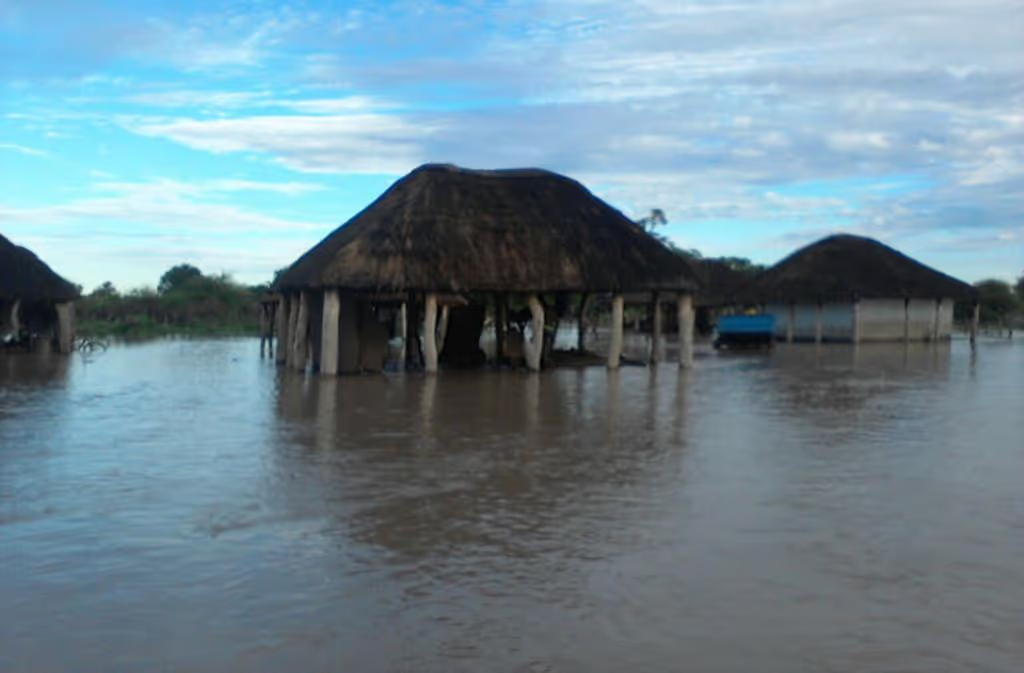Measuring the impact of gender-based violence programmes in emergencies

Project overview
Childline Zimbabwe has provided a review and analysis of existing practices used in measuring the impact of gender-based violence (GBV) programming in humanitarian response, in Tsholotsho, Zimbabwe.
Project solution
This project offers [specific solution or intervention] to tackle [challenge]. By implementing [strategies, tools, or innovations], the project aims to achieve [desired outcomes]. The approach is designed to [specific actions or methods] to bring about meaningful change in [community, region, or issue area].
Expected outcomes
This project aims to achieve [specific outcomes], such as [measurable results, improvements, or changes]. The expected impact includes [benefits to the target community, advancements in research or innovation, or long-term effects]. By the end of the project, we anticipate [specific changes or milestones] that will contribute to [broader goals or objectives].
WHAT IS THE HUMANITARIAN NEED?
Following the floods of 2016/2017 in Sipepa (Tsholotsho), local communities were displaced to higher ground. The shocks were declared a national disaster, calling for different partners to intervene with emergency response strategies.
Humanitarian gender-based violence (GBV) programmes were implemented as part of this response, however little is understood about their long-term outcomes. In order to measure the impact of this GBV programming, Childline Zimbabwe conducted a review of the M&;E practices used.
WHAT WAS THE INNOVATIVE SOLUTION?
This innovation project was in the problem recognition phase, and therefore aimed to provide a deeper understanding of localised GBV M&;E approaches.
The project aimed to contribute to transforming practice by addressing gaps and complementing other initiatives in measuring GBV in a humanitarian context.
The approach to measure the impact of GBV programming and guidelines for evaluation was chosen because of its potential to assist humanitarian stakeholders to build and disseminate an evidence-base of effective GBV prevention interventions, programmes and strategies.
Evaluation of GBV prevention efforts, especially among Sub-Saharan areas like Sipepa and Chingwizi camp populations, must be given higher priority. They are important to justify the continuation or revision of recommended GBV activities/programmes being implemented in diverse humanitarian settings. Effective evaluations are also crucial to capturing lessons learned in order to bridge existing knowledge gaps on GBV and improve implementation.
Evaluation of GBV prevention efforts, especially among Sub-Saharan areas like Sipepa and Chingwizi camp populations, must be given higher priority
WHAT WERE THE EXPECTED OUTCOMES?
The key outputs of the assignment were:
- A review and analysis of ongoing monitoring and evaluation practices for humanitarian GBV programming in Tsholotsho, Zimbabwe
- Identification of the key challenges to measuring the impact of GBV programmes in such a humanitarian context
- An outline of the key challenges of translating data into better programming
- A sharing of practices that are successfully measuring the impact of GBV programmes
- The identification of up to three opportunities for innovation measuring the impact of GBV programming in emergencies.
Read the final report following the link below.
Project delivery & updates
Stay up to date with the latest developments from this project. Here, you will find details on what has been delivered, resources created, and regular updates as the project progresses. Access key documents, reports, and other materials to see how the project is making an impact.
Resources
Report
LEARN MORE